Home
Blog
Tell Oppora who to target & it finds contact data, sends emails, and replies from your inbox automatically. Try our FREE forever Plan now.
Get startedHome
Blog

Generating consistent B2B leads has always been a challenge, but 2026 has brought a different landscape. Buyers expect accurate information, personalized outreach, and timely communication. Instead of juggling separate tools for data, enrichment, outreach, and follow-ups, teams now prefer platforms that bring everything together in one connected workflow powered by automation and AI.
Whether you're building outbound from scratch or scaling existing campaigns, choosing the right B2B lead generation tool directly affects how many conversations, replies, and meetings your business can create. This guide breaks down the 15 best tools in 2026, comparing their strengths, real-world use cases, automation capabilities, and pricing so you can pick the best fit without guesswork.
B2B lead generation in 2026 is no longer just “finding email addresses” or “sending bulk emails.” It now includes:
In simple terms: Lead generation in 2026 is about starting real conversations, not blasting messages.
Let’s walk through the best tools.
Think of a lead generation tool as your sales sidekick. Instead of manually digging through LinkedIn or Google Sheets, the software automates the process. Let’s break it down with examples:
Imagine you’re targeting CFOs of SaaS startups in North America. Instead of scrolling endlessly on LinkedIn, you enter your criteria, and the tool instantly shows you a list of potential leads that match.
had a campaign where half your emails bounced? With built-in verification, these tools check email validity before you hit send. One Oppora.ai user reduced their bounce rate by 60% simply by running all contacts through automated verification.
Getting an email isn’t enough. You need to know a company’s size, revenue, funding stage, industry, and tech stack. Tools like Clearbit or Oppora.ai enrich profiles with this context, making it easier to craft personalized campaigns that convert.
Instead of sending 100 copy-paste emails, modern tools allow AB testing of subject lines, personalized templates, and automated multi-step sequences across email and LinkedIn. That means your marketing team can test what works best, while sales reps focus on conversations.
Every captured lead, campaign result, and reply automatically syncs with your CRM tool (e.g., Salesforce, HubSpot CRM, or Zoho). This eliminates the chaos of managing contacts in separate places and ensures smooth lead management.
👉 In short, these tools save time, protect your sender reputation, and make lead qualification at scale possible.
Let’s break it down tool by tool, what they do best, and who should use them.
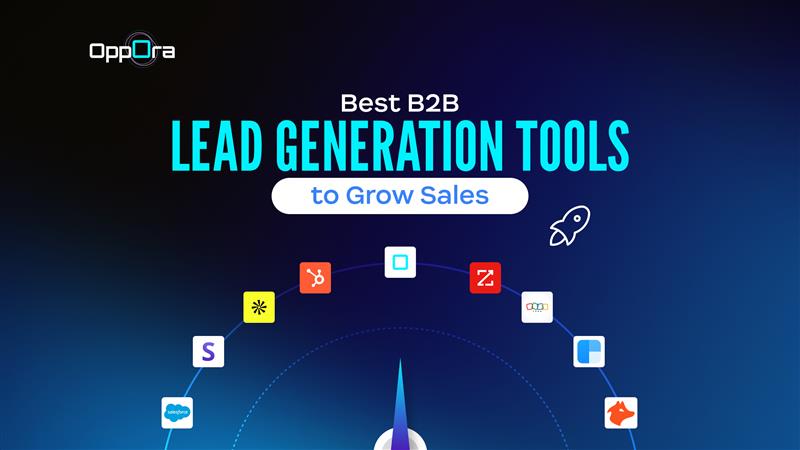
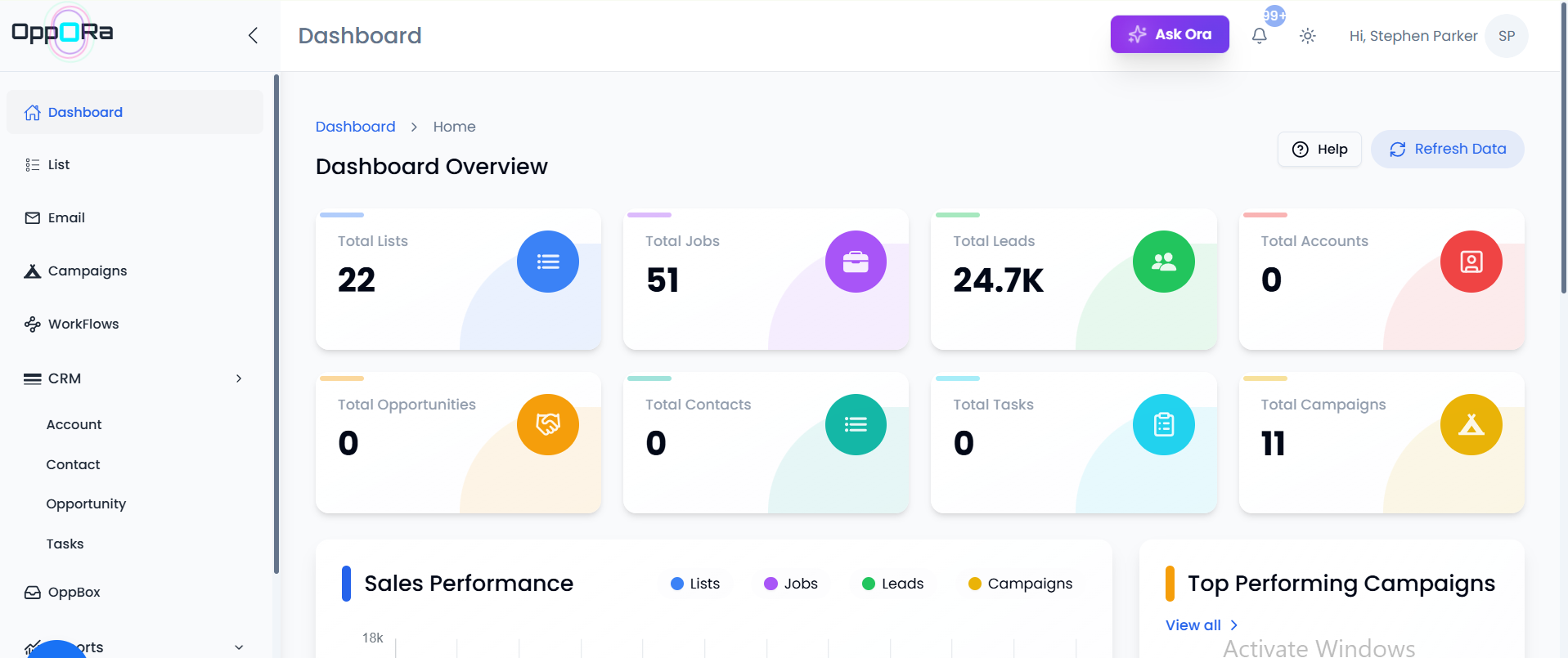
Here’s the problem: most sales teams use 4–5 different tools for prospecting, email finding, scoring, and outreach. The result? Clunky workflows, wasted hours, and way too many tabs open.
Oppora.ai fixes that by bringing everything into one AI-powered platform. It doesn’t just give you a list ,it scores, verifies emails, and prioritizes leads automatically. Then it launches campaigns, tracks replies, and syncs everything back to your CRM.
Why it’s awesome: You can go from finding a lead on LinkedIn to sending them a personalized campaign in under 30 minutes, without touching a spreadsheet.
Key Features:
Pros:
Cons:
👉Best For: Startups, SMBs, and busy sales teams who want to save 4+ hours daily and ditch tool overload. Explore Now....
Pricing: Free Forever + paid plans from $34/month
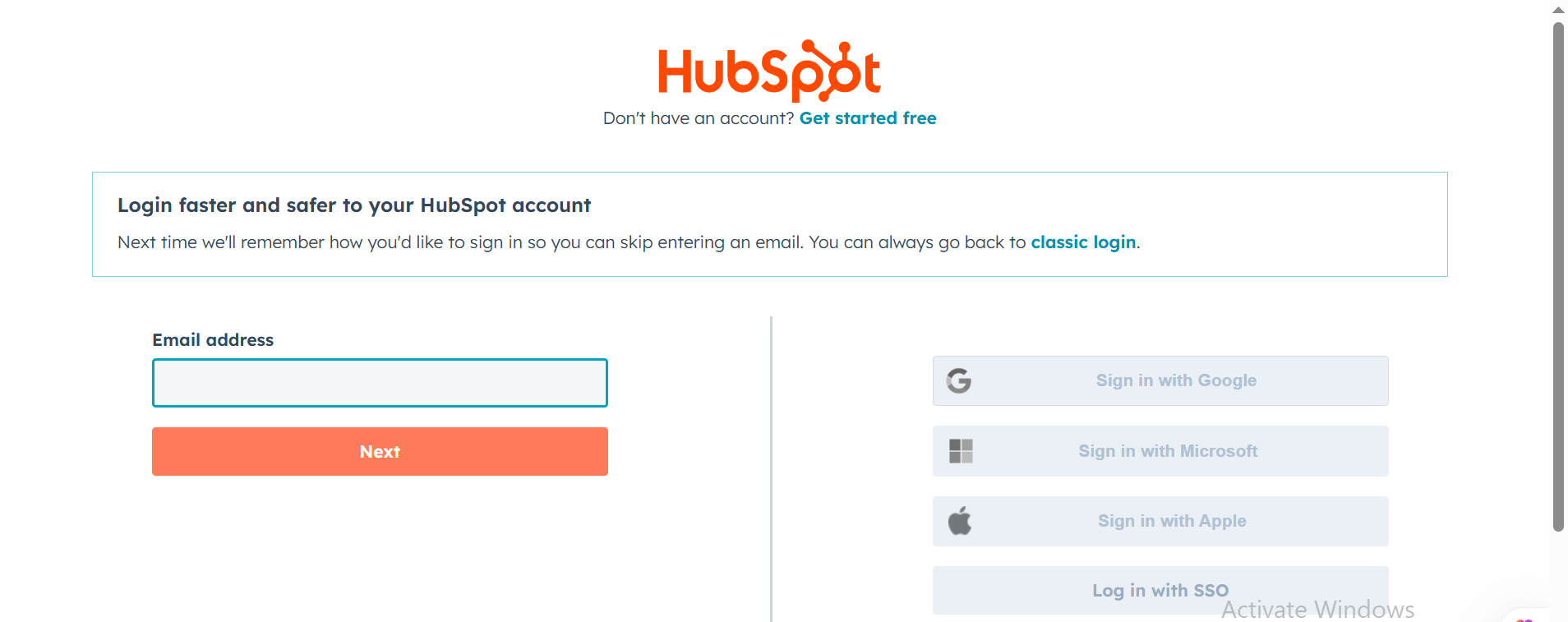
If your sales strategy is more about attracting leads than chasing them, HubSpot is your best friend. It’s built for inbound marketing ,think blogs, SEO, landing pages, and forms that funnel leads straight into the CRM.
Once the leads are in, you can score, segment, and nurture them with automation. Plus, it doubles as a sales engagement tool with email tracking and sequences.
👉Best For: Companies running strong inbound content and marketing campaigns.
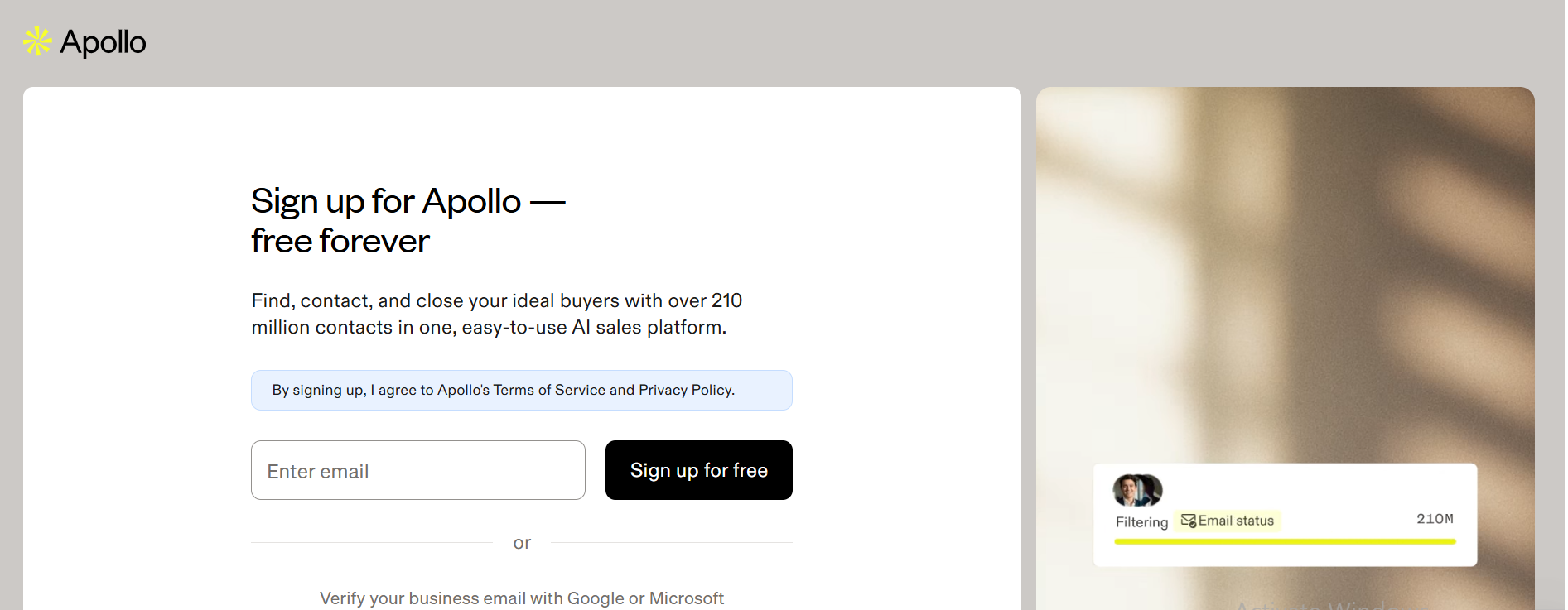
Apollo has exploded in popularity because it does one thing really well: outbound at scale. With a massive database of 250M+ verified contacts, it’s perfect for teams that live and breathe cold outreach.
You can set up personalized sequences across LinkedIn, calls, and emails ,and track what’s actually working.
👉Best For: SDR teams that rely heavily on cold outreach and need fresh data constantly.
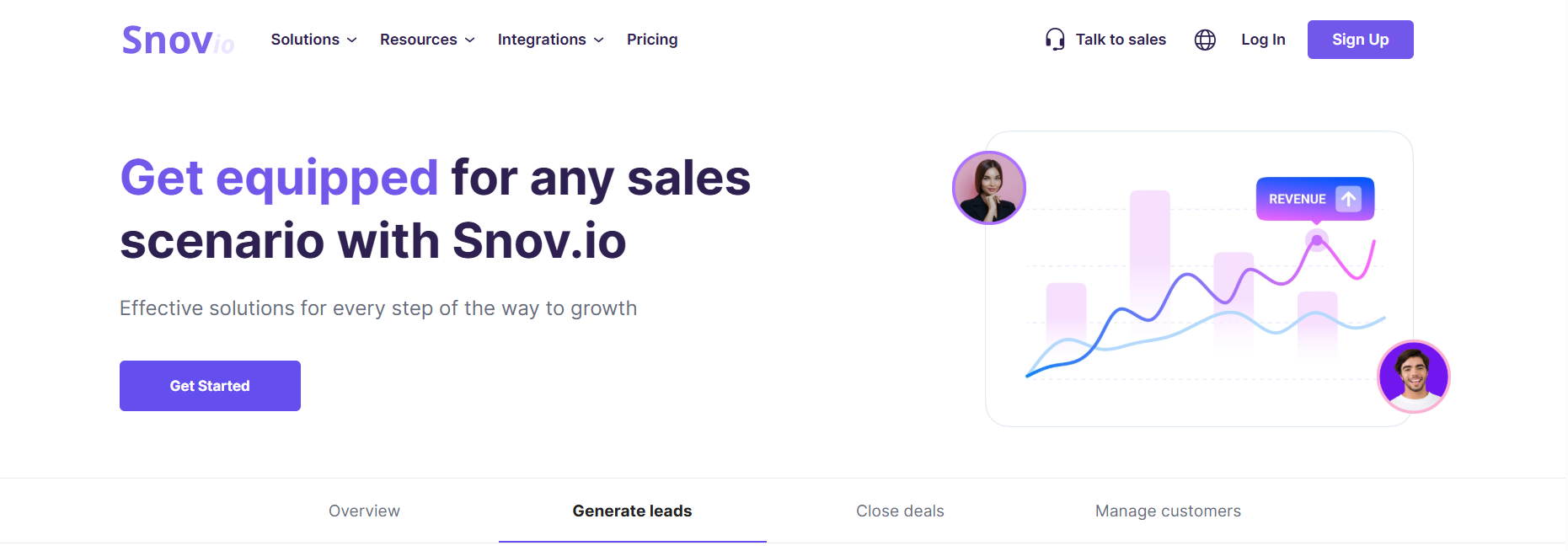
Need something simple and affordable? Snov.io is a great starting point. It helps you find, verify, and email leads without draining your budget. Perfect for freelancers, small agencies, or early-stage startups.
👉Best For: Small teams that need a cost-effective tool to find and contact leads.
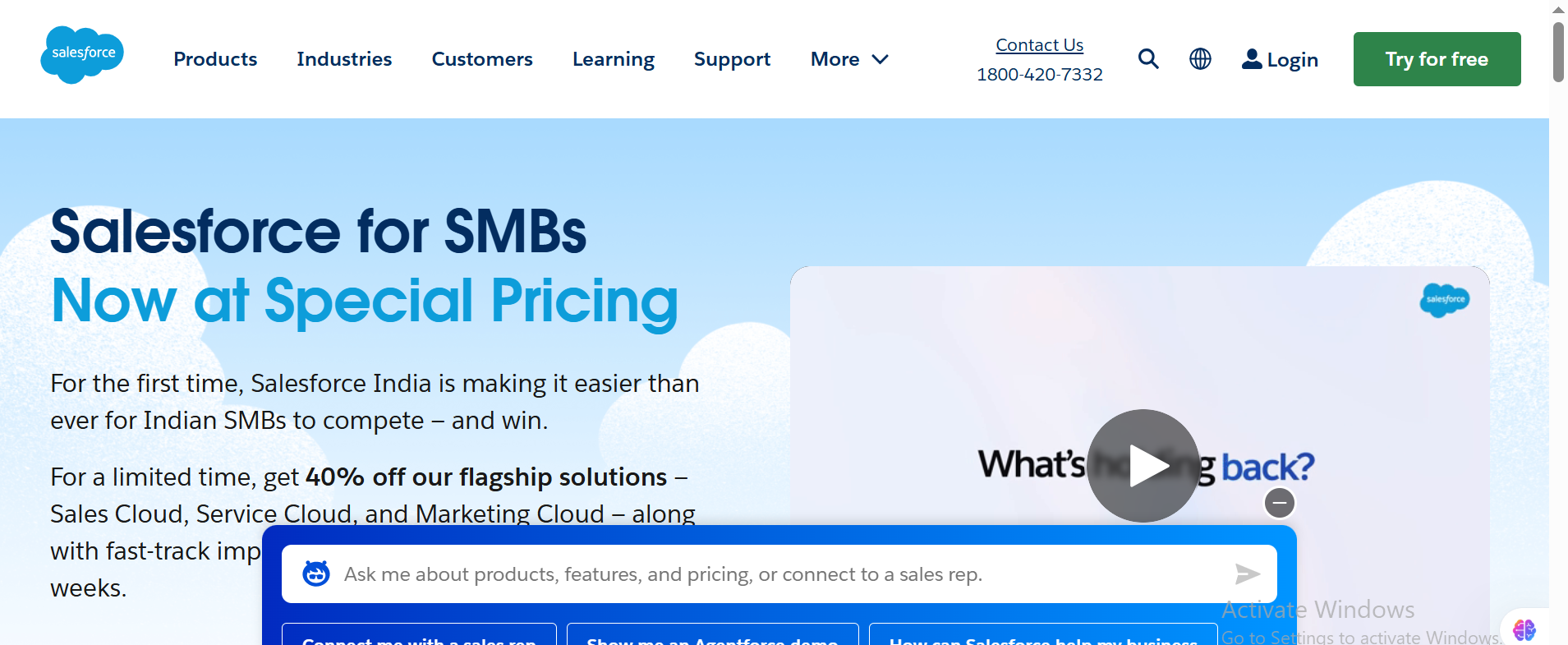
Salesforce is still the heavyweight champ when it comes to enterprise CRM. With Einstein AI, it can predict lead conversions, score prospects, and give you ultra-detailed pipeline visibility.
It’s expensive and complex, but if you’re running big teams with complex processes, nothing beats it.
👉Best For: Enterprises with large, multi-level sales organizations.
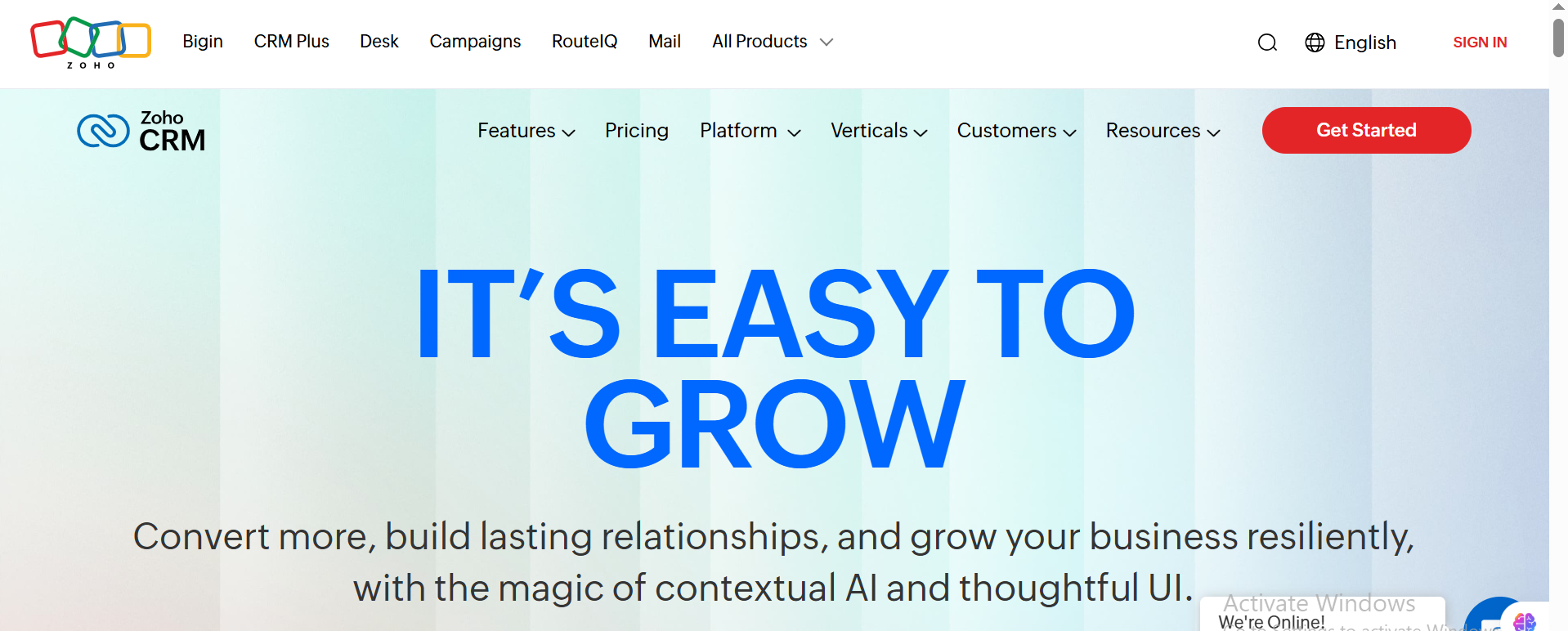
Zoho CRM is like Salesforce’s affordable cousin. It offers solid lead scoring, automation, and analytics at a much lower price. Plus, Zoho’s ecosystem of apps makes it versatile for SMBs.
👉Best For: Small and medium businesses that need a balance of features and price.

ZoomInfo is all about data at scale. It gives you access to firmographics, technographics, and intent data that’s perfect for account-based marketing.
It’s pricey, but if you’re running big outbound or ABM campaigns, the depth of data pays off.
👉Best For: Enterprise sales teams with large budgets.
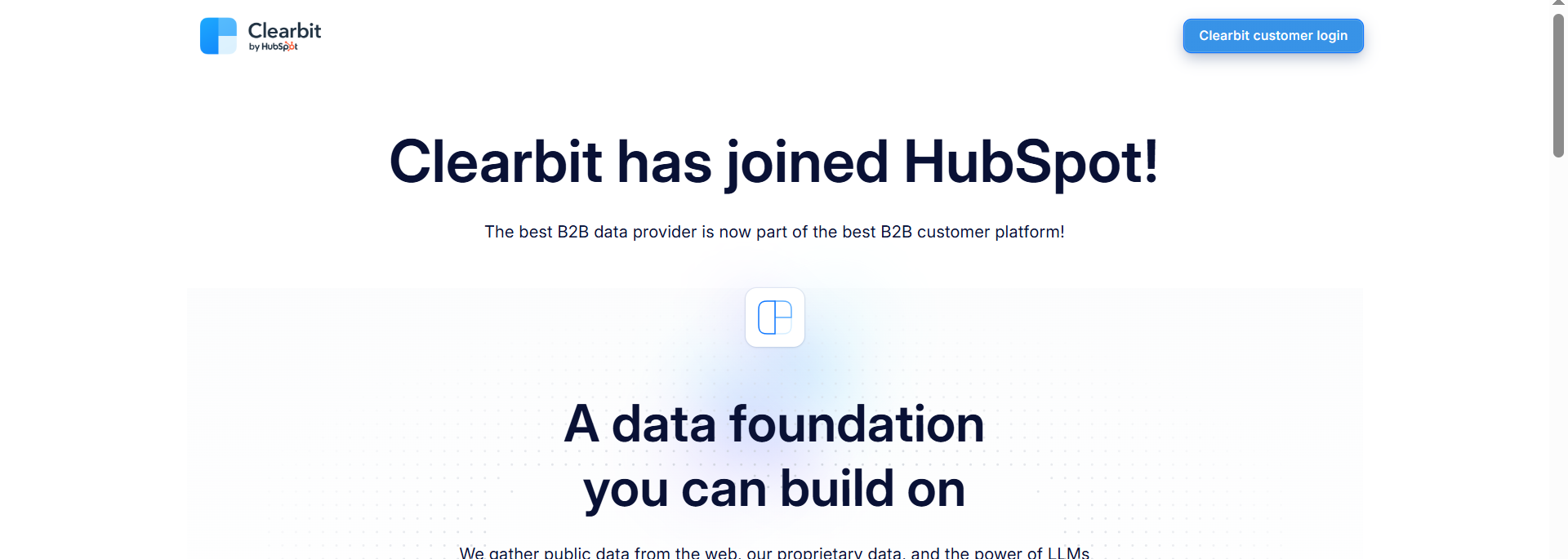
Clearbit shines when you need real-time data enrichment. It doesn’t just give you a lead ,it tells you their industry, revenue, funding, and even what tools they use. Perfect for personalization.
👉Best For: Teams running highly targeted campaigns that require deep context.
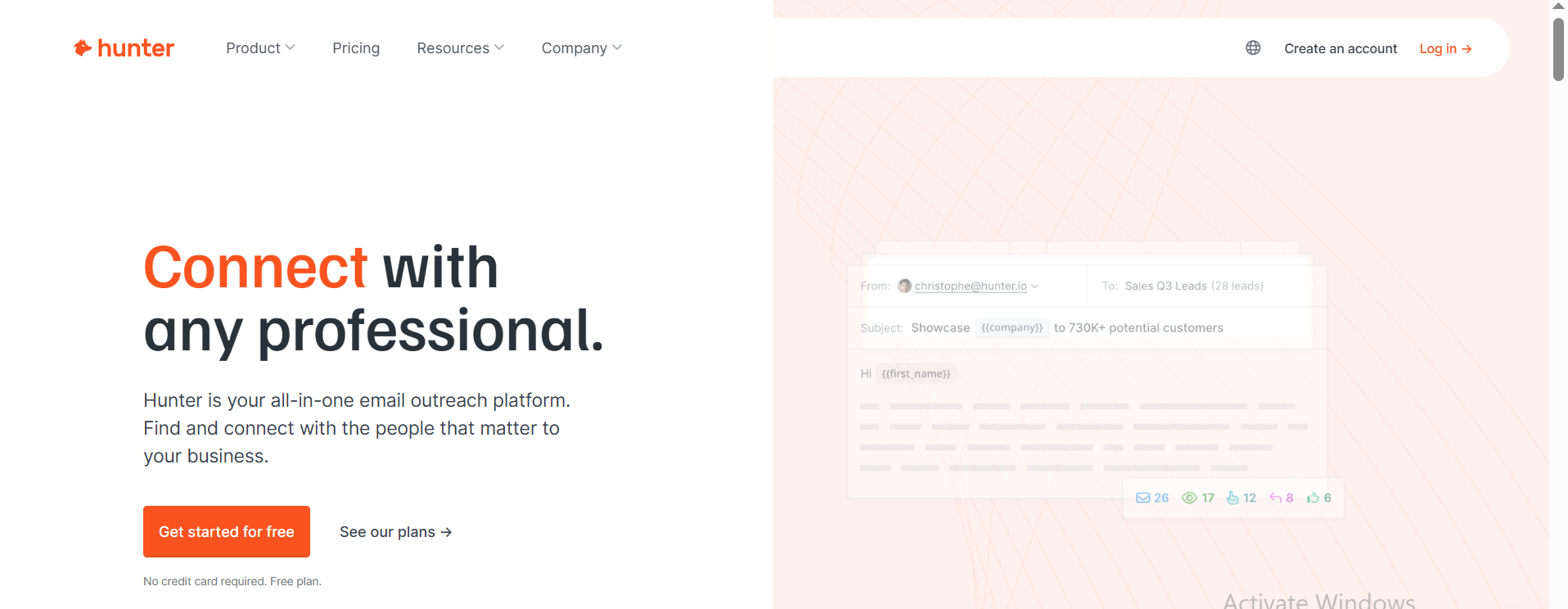
Hunter.io is the simplest way to find and verify professional emails. It’s not flashy, but it works , especially for recruiters, freelancers, and small teams.
👉Best For: Quick, reliable email finding without the bells and whistles.
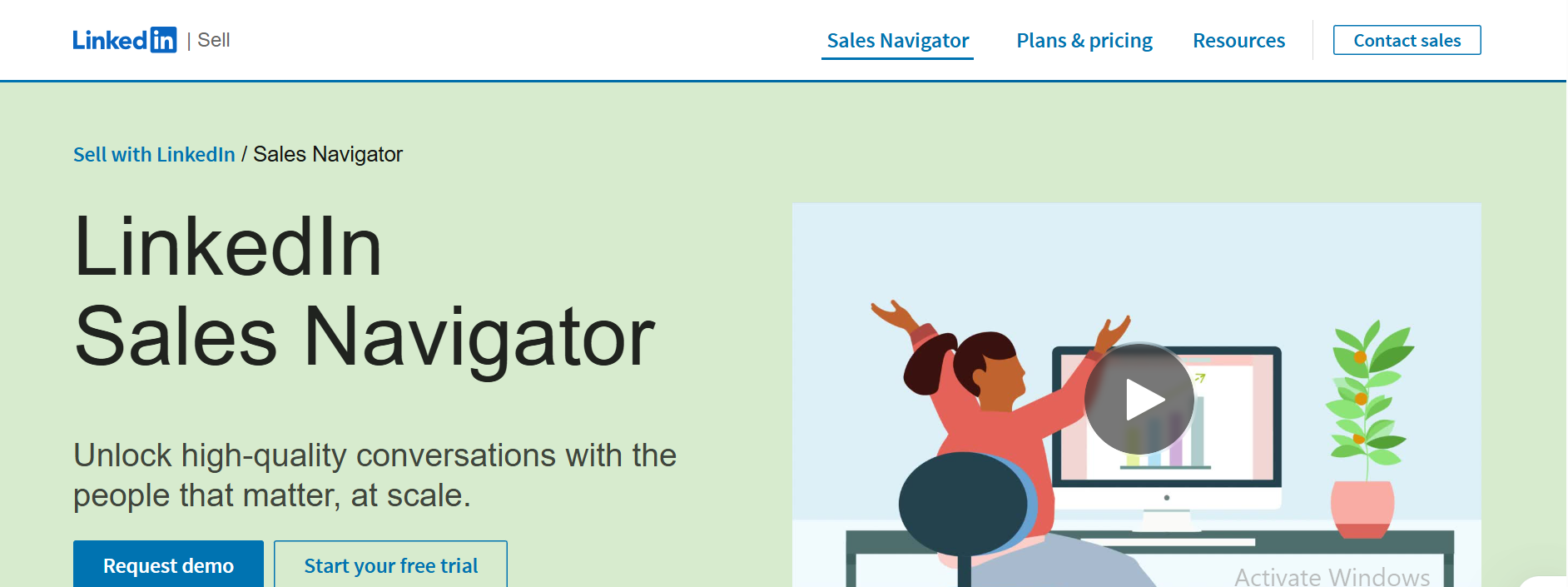
Sales Navigator is LinkedIn’s own tool for prospecting. With advanced filters, lead recommendations, and InMail outreach, it’s the go-to for sales reps who rely on networking.
👉Best For: Sales reps who spend most of their time on LinkedIn building relationships.

Smartlead is favored by agencies because of its unlimited warmup and multi-domain structure, ideal for sending high-volume messages safely.
👉Best For: Advanced agencies

LeadIQ helps SDRs capture verified contact information directly from LinkedIn, making it great for 1:1 prospecting.
👉Best For: SDRs doing targeted outbound

Lemlist is known for personalization and visual campaign builders. It helps teams create more engaging emails and LinkedIn steps, though setup is more manual compared to newer AI systems.
👉Best For: Marketing-led outbound campaigns

GetProspect offers an affordable way to collect business emails with basic enrichment and list management.
👉Best For: Small teams with modest outreach goals

Lusha focuses on phone contact accuracy and quick enrichment. It’s commonly used by teams that need verified mobile numbers.
👉Best For: Call-heavy sales motions
This table helps you quickly see which tools support the core features needed for modern outbound.
(Starting prices based on typical market pricing.)
| Tool | Starting Price | Free Plan | Pricing Model |
|---|---|---|---|
| Oppora.ai | $34/mo | ✔ | No credits |
| HubSpot | Free → $50/mo+ | ✔ | Feature-tiered |
| Apollo | $49/mo | ✔ | Credit-based |
| Snov.io | $39/mo | ✔ | Credit-based |
| Salesforce | $150/user/mo+ | ✖ | Enterprise license |
| Zoho CRM | $20/user/mo | ✔ | User-based |
| ZoomInfo | Custom ($10k+/yr) | ✖ | Enterprise contract |
| Clearbit | Custom | ✖ | Usage-based |
| Hunter.io | $49/mo | ✔ | Credit-based |
| LinkedIn Sales Navigator | $99/mo | ✖ | Subscription |
| Smartlead | $33/mo | ✖ | Subscription |
| LeadIQ | $75/user/mo | ✖ | User-based |
| Lemlist | $59/mo | ✖ | Subscription |
| GetProspect | $34/mo | ✔ | Credit-based |
| Lusha | $36/mo | ✔ | Credit-based |
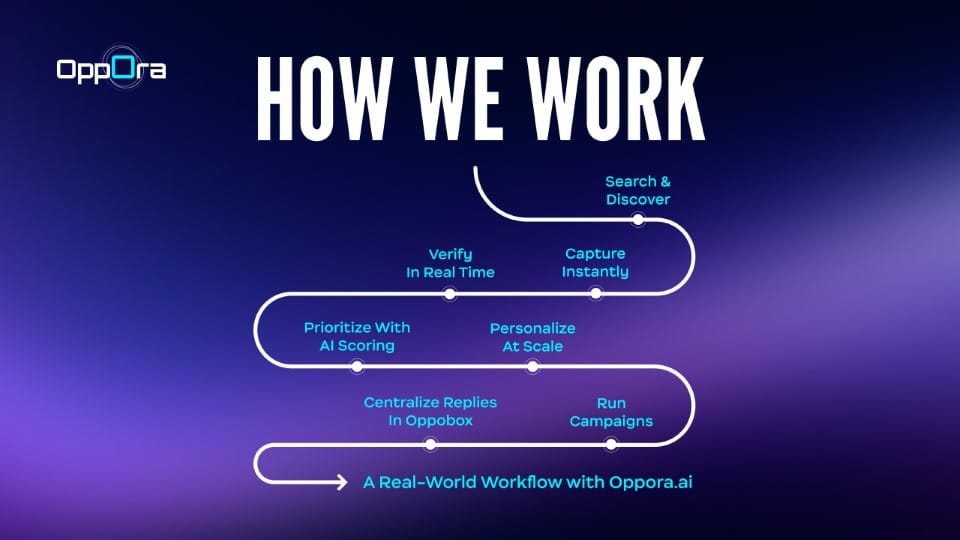
Oppora.ai is built to replace the chaos of juggling multiple tools with one clean, AI-powered workflow. Instead of wasting hours on manual prospecting, you can move from discovery to CRM sync in minutes. Here’s how it works in practice:
The right tool depends on your workflow, your team size, and the level of automation you need. Here’s a simple way to think about it:
The best tool is the one that helps you start more conversations with the right companies—consistently.
B2B lead generation has evolved quickly, and 2026 is the first year where AI-driven platforms have become mainstream. Teams want accuracy, automation, and cleaner workflows—not a collection of separate tools.
If you want a modern approach that connects data, outreach, and follow-up into one workflow, Oppora is the standout option.
💡 The result? From prospecting to pipeline in under 30 minutes — that’s the Oppora difference: less grind, more growth. Get free trail
A: Oppora.ai offers automation, CRM integration, and affordability in one platform.
A: Free plans are fine for testing, but serious lead generation efforts require paid plans with enrichment and verification.
A: Most B2B companies save 4+ hours daily and increase conversion rates by 20–40%.
A: It reveals anonymous website visitors, turning traffic into potential leads.
A: Skipping AB testing, ignoring lead management, and over-relying on free plans.
A: Lead gen tools find and qualify leads; CRMs like HubSpot CRM manage and nurture them.
Share it with your network and help others discover great content